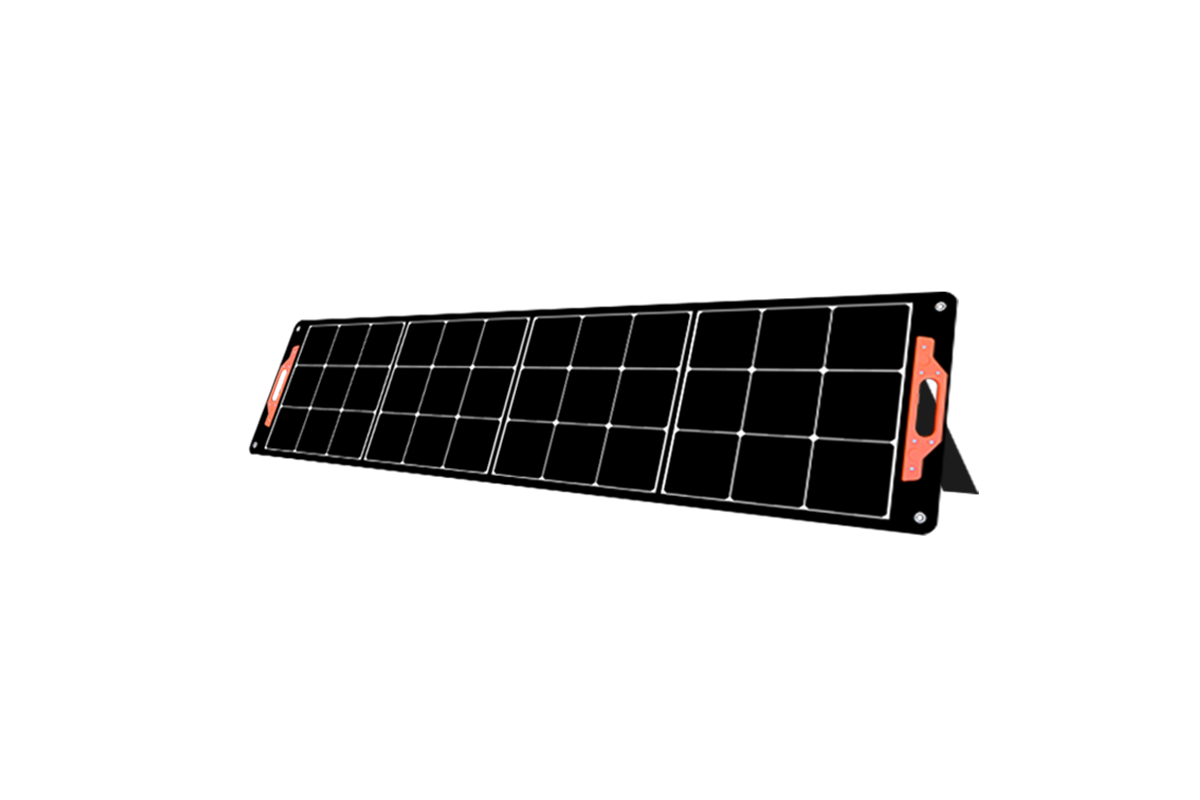

Time:2025-03-27 Views:1

Exporting nickel - cadmium storage batteries involves compliance with a complex set of regulations to ensure safety, environmental protection, and proper handling throughout the supply chain. These requirements vary by destination country and are often based on international agreements and standards.
Safety and Hazardous Materials Regulations
Nickel - cadmium batteries contain certain chemicals that can pose risks if not handled correctly. For instance, cadmium is a toxic heavy metal. Most countries demand that exporters adhere to the regulations set by the International Air Transport Association (IATA) for air shipments and the International Maritime Dangerous Goods (IMDG) Code for sea freight. These regulations specify how the batteries should be packaged, labeled, and documented. They require robust packaging to prevent leaks and short - circuits during transit. Labels must clearly indicate the presence of hazardous materials, along with handling instructions. Documentation should include details about the battery's chemical composition, safety data sheets, and any relevant certifications.
Electrical and Performance Standards
To enter many markets, nickel - cadmium storage batteries need to meet specific electrical and performance standards. For example, in the European Union, batteries must comply with the Low Voltage Directive (LVD) and the Electromagnetic Compatibility (EMC) Directive. The LVD ensures that the battery operates within safe voltage limits and does not pose an electrical shock hazard. The EMC Directive requires that the battery does not cause electromagnetic interference to other electrical devices and is also immune to such interference. Compliance with these directives often involves third - party testing and certification, which can be time - consuming and costly for exporters.
Environmental Regulations
Given the environmental impact of battery disposal, exporters must also comply with environmental regulations. Some countries have strict rules regarding the recycling and disposal of nickel - cadmium batteries. For example, in Japan, exporters may need to demonstrate that they have a proper end - of - life management plan for the batteries. This could involve partnering with local recycling facilities or having a take - back program in place. Additionally, some regions may impose restrictions on the use of certain materials in the battery manufacturing process to reduce environmental harm.
Read recommendations:
home energy storage system battery supplier